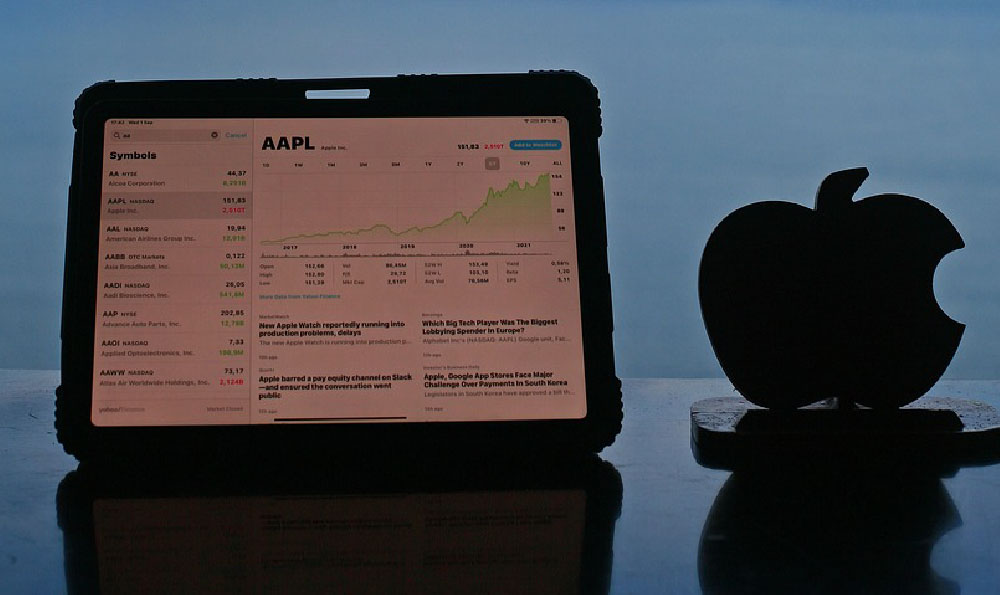How Much Does YouTube Make, and Is It Profitable?

Let's delve into the fascinating world of YouTube's revenue streams and profitability, separating fact from fiction and exploring the complexities of its financial performance. Understanding this landscape is crucial for anyone considering becoming a content creator, an investor in Alphabet (Google's parent company), or simply someone curious about the digital economy.
Estimating YouTube's exact earnings is a tricky task. Google, like many tech giants, doesn't readily disclose granular financial information about each of its individual ventures. They tend to aggregate numbers, making it challenging to isolate YouTube's specific contributions. However, we can piece together insights from various sources, including Alphabet's quarterly earnings reports, industry analysis, and independent estimations, to arrive at a reasonable understanding.
YouTube generates revenue primarily through advertising. Advertisers pay to display their commercials before, during, or alongside videos. The price they pay is often determined through an auction-based system, where factors like the video's content, the target audience demographics, and the overall demand for ad space influence the cost per mille (CPM) – the cost for one thousand impressions. CPM can fluctuate significantly based on these factors, ranging from a few dollars to upwards of $30 or even higher for specialized niches and highly targeted campaigns. YouTube then shares a portion of this advertising revenue with content creators who are part of the YouTube Partner Program (YPP). This revenue split is generally understood to be around 45% for YouTube and 55% for the creator.

Beyond advertising, YouTube has diversified its revenue streams in recent years. YouTube Premium, a subscription service that offers ad-free viewing, background playback, and access to YouTube Music, is a significant contributor. Subscribers pay a monthly fee, a portion of which is distributed to creators based on watch time. This creates a more stable and predictable revenue stream compared to solely relying on advertising, which can be volatile.
Another vital element is YouTube TV, a live television streaming service. While it's separate from the core YouTube platform, it's undeniably part of the YouTube ecosystem and contributes to Google's overall revenue picture. YouTube TV generates revenue through subscriptions and advertising within its live channels.
Super Chat and Super Stickers are also avenues for creators to generate income. During live streams, viewers can purchase these to highlight their messages in the chat, providing creators with direct financial support. YouTube takes a percentage of these transactions, adding to its overall revenue.
Finally, channel memberships are a recurring revenue stream for creators. They can offer exclusive content, badges, and perks to viewers who pay a monthly fee to become members. Again, YouTube takes a cut of these membership fees.
Given these multiple revenue streams, how much does YouTube actually make? Estimates vary, but in recent years, YouTube's advertising revenue alone has consistently been in the tens of billions of dollars annually. Adding in YouTube Premium, YouTube TV, and other sources, the total revenue figure is substantially larger.
Now, the critical question: Is YouTube profitable? This is where things get even more complex. While YouTube generates significant revenue, it also incurs considerable expenses. These expenses include content acquisition costs (investing in original programming and partnerships), infrastructure costs (maintaining servers and bandwidth for billions of users), research and development (improving the platform and developing new features), employee salaries, marketing expenses, and legal and regulatory compliance costs.
Content acquisition is a major driver of costs. YouTube has been aggressively investing in original content, like series and documentaries, to attract and retain viewers. This requires significant upfront investment and ongoing production costs.
Infrastructure costs are also substantial. Serving billions of video views every day demands a massive network of servers and data centers, which require constant maintenance and upgrades.
Furthermore, YouTube faces growing scrutiny from regulators around the world regarding content moderation, data privacy, and copyright infringement. Complying with these regulations necessitates significant investment in technology and personnel.
Therefore, even with its impressive revenue figures, YouTube's profitability is not always straightforward. While Alphabet doesn't publicly break out YouTube's exact profit margins, industry analysts believe that YouTube's profitability has improved significantly over time as its revenue has scaled and its monetization strategies have become more refined. Early on, YouTube's expenses likely outweighed its revenue, but now, after years of growth and innovation, it is generally accepted that YouTube is a profitable venture for Google.
It's important to consider the strategic value that YouTube brings to Google beyond immediate profitability. YouTube strengthens Google's advertising ecosystem, attracts users to other Google services, and provides valuable data for ad targeting. It's a critical component of Google's overall digital dominance.
In conclusion, YouTube generates substantial revenue through diverse channels, primarily advertising but also including subscriptions, live streaming features, and channel memberships. While it incurs considerable expenses related to content acquisition, infrastructure, and regulatory compliance, it is widely believed to be a profitable venture for Alphabet. Its strategic importance to Google extends beyond its immediate financial contributions, making it a valuable asset in the digital landscape. The profitability picture is complex, but the overall trend suggests that YouTube is a significant contributor to Google's bottom line and a key driver of its future growth.














